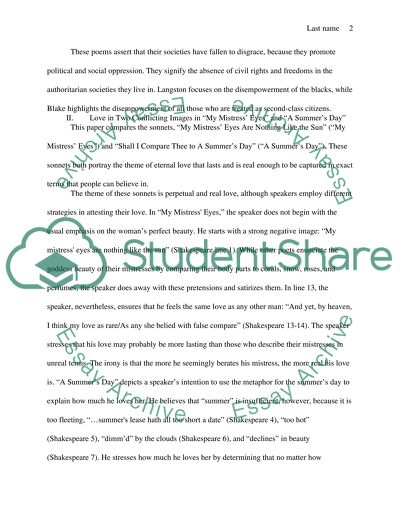Cite this document
(“Social Criticism in London and Harlem Essay Example | Topics and Well Written Essays - 1000 words”, n.d.)
Retrieved from https://studentshare.org/english/1450303-poetry-exam
Retrieved from https://studentshare.org/english/1450303-poetry-exam
(Social Criticism in London and Harlem Essay Example | Topics and Well Written Essays - 1000 Words)
https://studentshare.org/english/1450303-poetry-exam.
https://studentshare.org/english/1450303-poetry-exam.
“Social Criticism in London and Harlem Essay Example | Topics and Well Written Essays - 1000 Words”, n.d. https://studentshare.org/english/1450303-poetry-exam.


